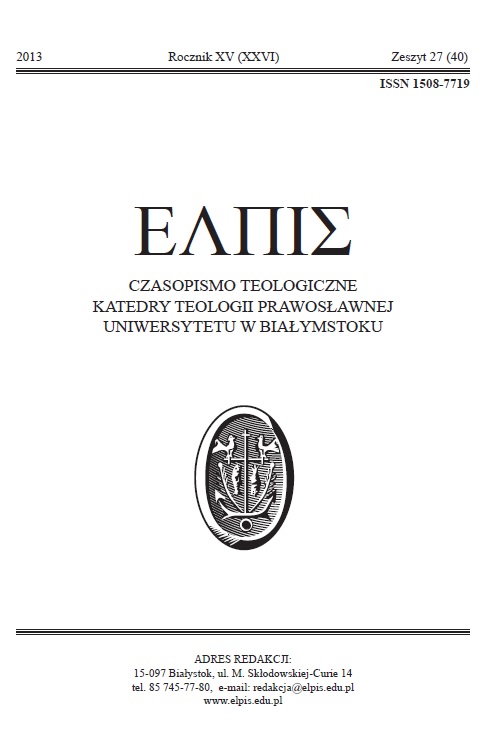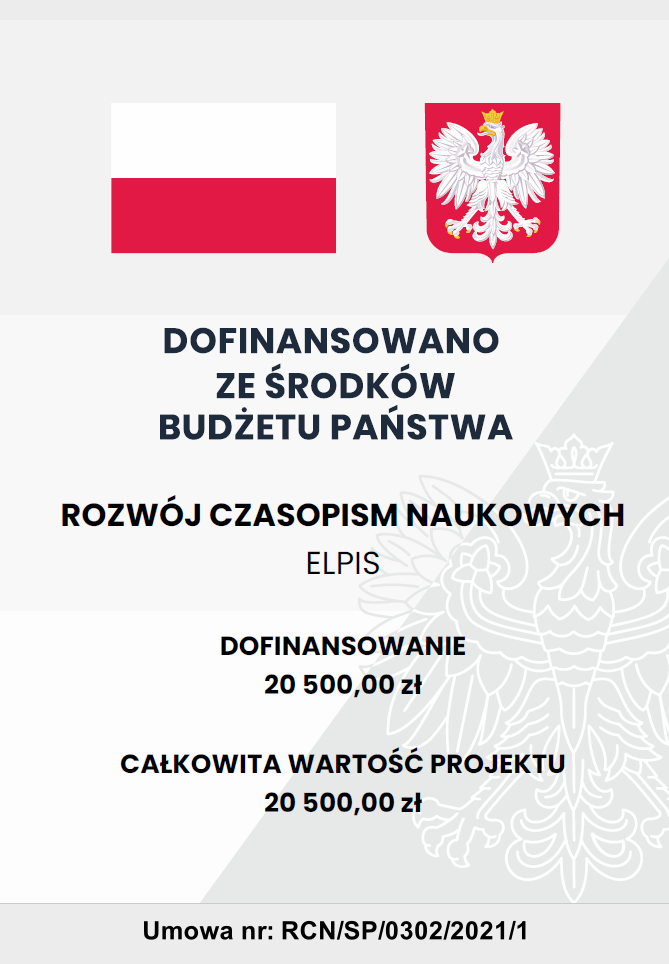Wpływy bizantyjsko-bałkańskie na ziemiach polskich na przykładzie Kodeksu Supraskiego
DOI:
https://doi.org/10.15290/elpis.2013.15.08Słowa kluczowe:
Kodeks supraski, rękopis cyrylicki, monaster w Supraślu, Michał Bobrowski, Imperium Bizantyjskie, Bałkany, PrawosławieAbstrakt
The Codex Suprasliensis (called also the Retkov Sbornik), a Cyrillic manuscript copied in the late 10th century, isthe largest extant Bulgarian manuscript from the Preslav literary school. Codex Suprasliensis contains 24 vitae of Christian
saints for March and 23 homilies for the movable cycle of the church year. The Codex Suprasliensis is written on
parchment and shows careful writing and craftsmanship. It was discovered in 1823 in the Monastery of Supraśl by Canon
Michał Bobrowski. He sent it to the Slovenian scholar Bartholomaeus (Jernej) Kopitar for study. After Kopitar’s death
the first 118 folios were preserved in the University Library in Ljubljana, where they are still kept. The following 16 leaves
were purchased by A. F. Byčkov in 1856 and are now located in the Russian National Library in St. Petersburg. The
remaining 151 leaves found themselves in the collection of the Counts Zamoyski; this so-called Warsaw part disappeared
during World War II and was long considered lost until it reemerged in the USA and was returned to Poland in 1968. It is
now located in the National Library in Warsaw. The Codex Suprasliensis has been listed in the UNESCO’s Memory of the
World Register since 2007. The Codex Suprasliensis is very importand by all who are interested in the history of Bulgaria,
the Byzantine Commonwealth, the Balkans and Slavia Orthodoxa.
Downloads
Pobrania
Opublikowane
Jak cytować
Numer
Dział
Licencja
Prawa autorskie (c) 2014 Elpis

Utwór dostępny jest na licencji Creative Commons Uznanie autorstwa – Użycie niekomercyjne – Na tych samych warunkach 4.0 Międzynarodowe.
Szczegółowe warunki licencji CC BY-SA (Uznanie autorstwa - Na tych samych warunkach) dostępne jest na stronie Creative Commons - link.
Autor musi wypełnić i przesłać na adres redakcji (elpis@uwb.edu.pl) uzupełnioną i podpisaną umowę autorską wraz z oświadczeniem o oryginalności artykułu i wkładzie autora w powstanie artykułu. Plik umowy do pobrania: TUTAJ









